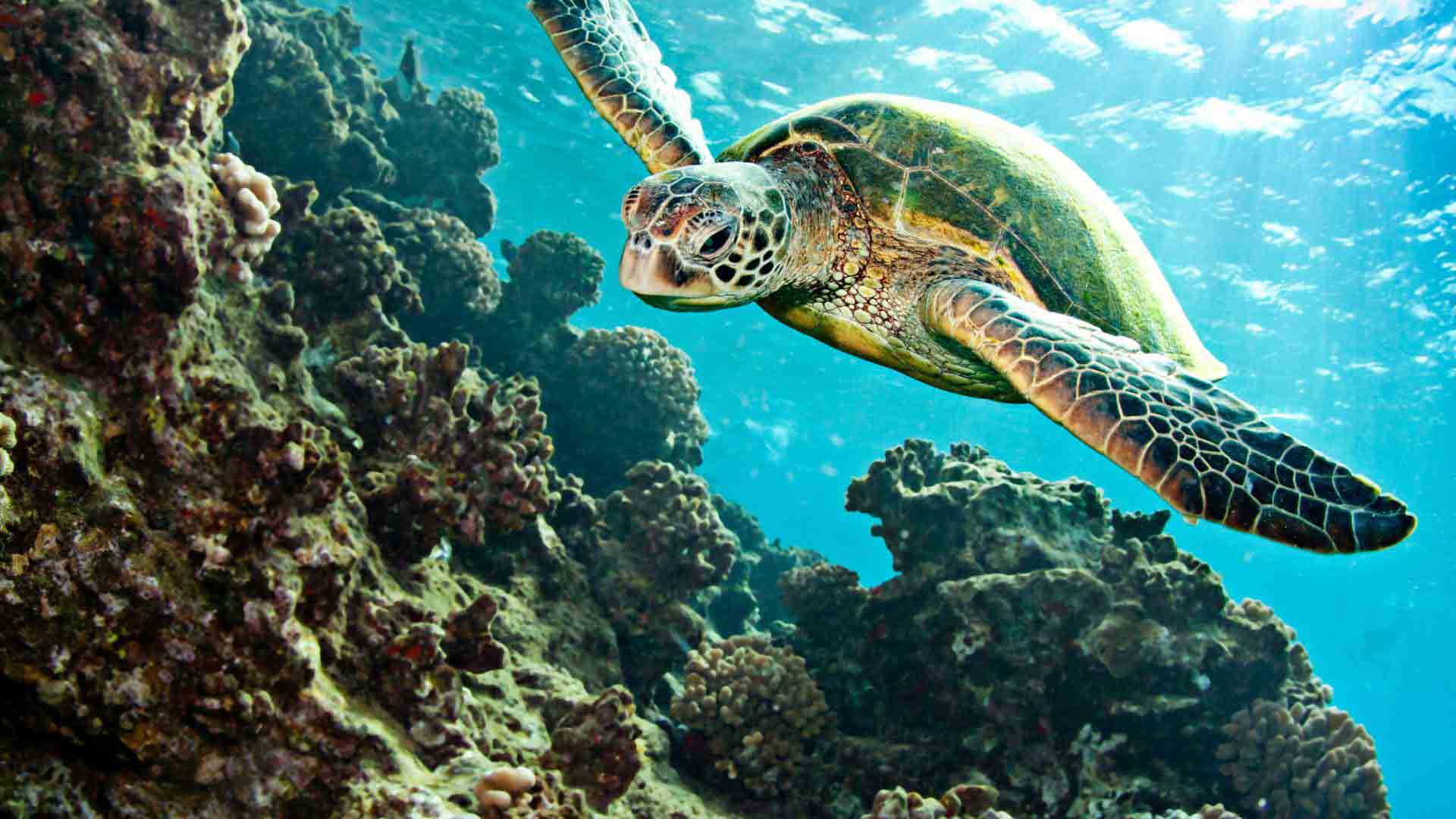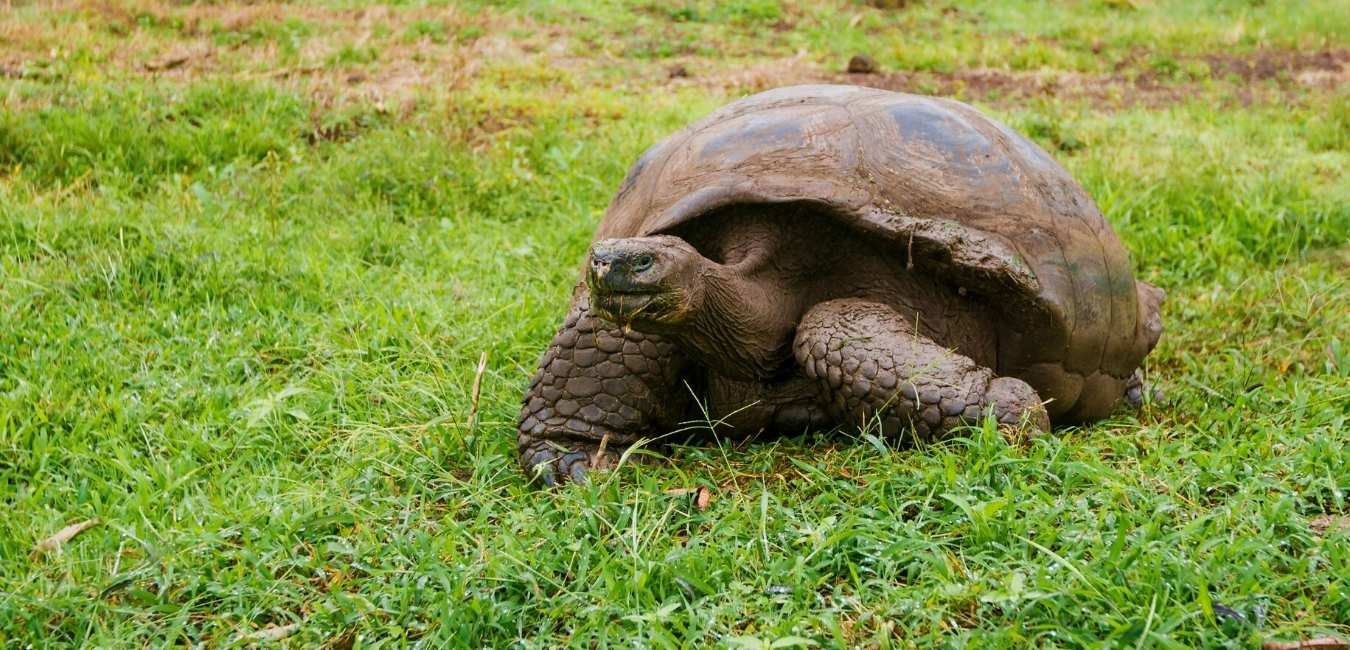Breakfast service. Dry landing. Visit South Plaza. Nature walk. Deep-water snorkeling
South Plaza island
South Plaza's dry landing is the first step. The island is surrounded by a rocky trail that circles it. It displays a combination of coastal and dry vegetation zones. South Plaza is home to one of the most extensive populations of Land Iguanas anywhere in the Galapagos. Once you land, the iguanas are everywhere. These iguanas are larger than the average yellow-brown land iguana and eat the fruits and pads of the prickly cactus. South Plaza also houses Marine Iguanas that live along the coast, and Hybrid Iguanas. Their fathers are Marine Iguanas while their mothers are Land Iguanas. The walk continues along the sea cliffs and you will often see Swallow-tailed Gulls as well as Frigatebirds. Red-billed Tropicbirds. Brown Pelicans. Blue-Footed. Masked Boobies can also be seen. A colony of Bachelor Sea Lions is visible just below the shore.
Lunch service. Navigation to Santa Fe Dry landing Nature walks
Santa Fe Island
Santa Fe Island is home of one of the most stunning coves in the Galapagos. It is located in the southeast part of Galapagos and is 2 1/2 hours away from Santa Cruz, 3 hours from San Cristobal. Santa Fe was created by an uplift, rather than a volcano. This gives the island a flat surface instead of the conical shape that is typical for other islands. A panga boat ride through the beautiful turquoise lagoon is the first step to Santa Fe. Once you arrive at the Galapagos, you will be introduced to one of the many colonies of sea lions. While bulls vie for beach master, cows enjoy the sun. It's quite an amazing sight! You can easily approach Galapagos Hawks by following the loop trail that runs around the island. Santa Fe is home of the endemic Land Iguanas. These iguanas, which are large and beige-to-coconut brown in color, resemble small dinosaurs. The cove below is stunning when you reach the summit.
Guide briefing. Navigation to San Cristobal and dinner service


